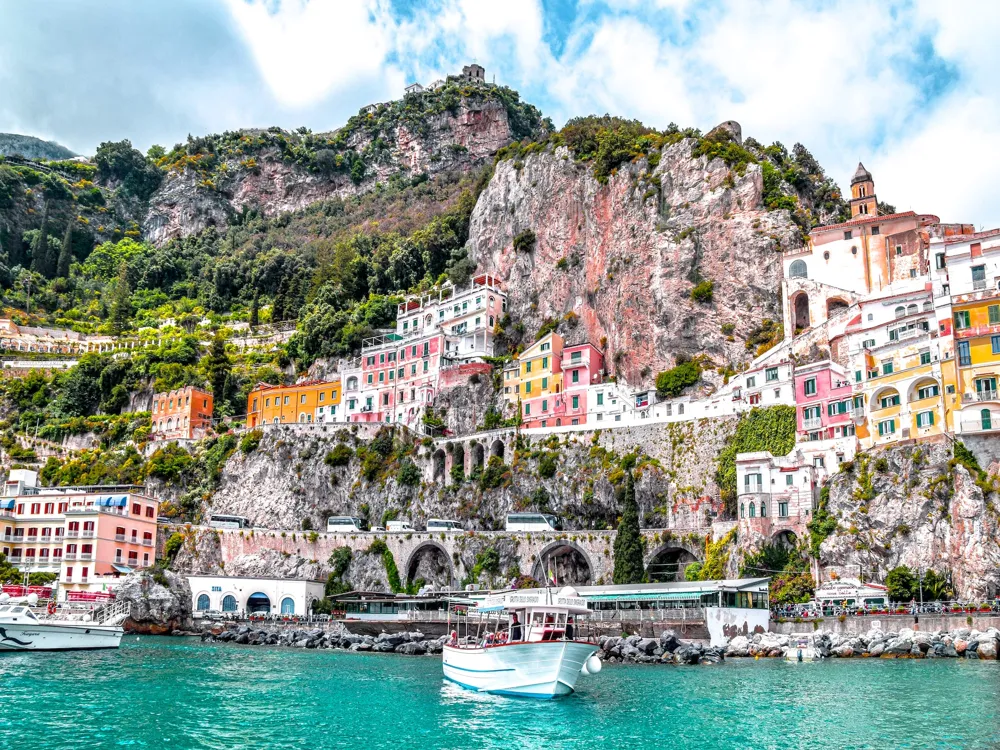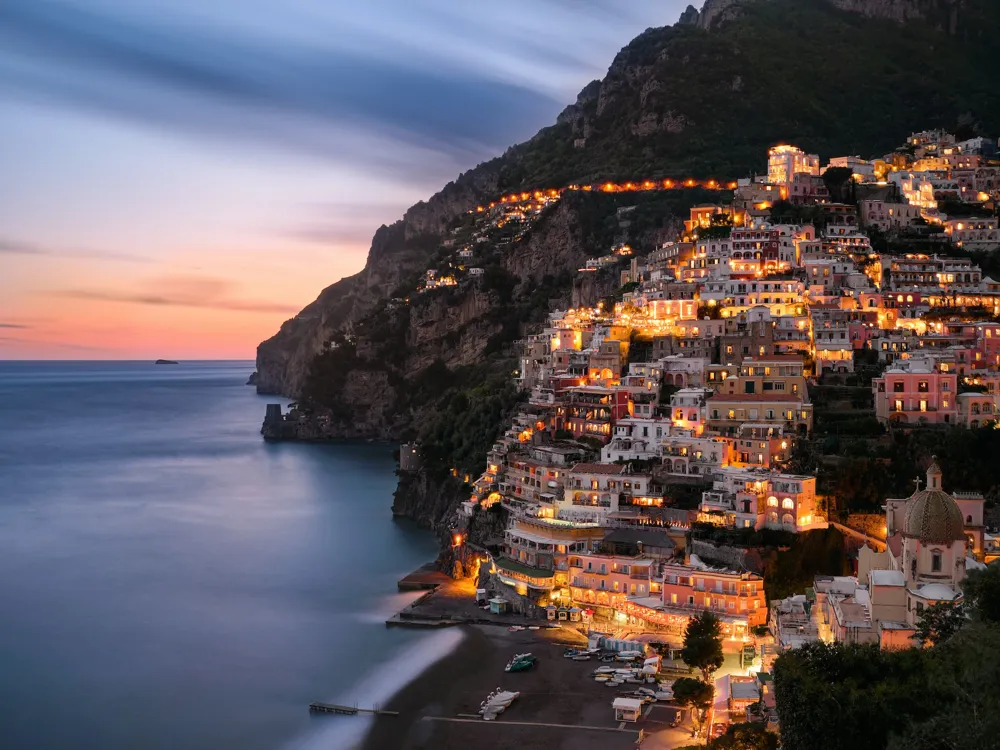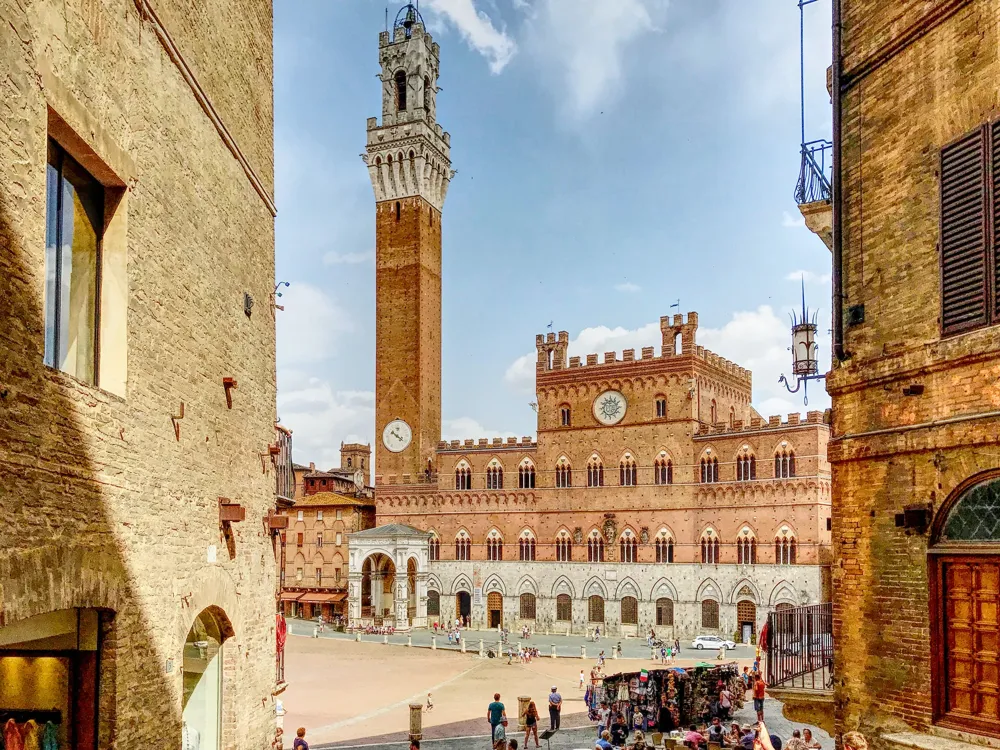The Egg Castle, locally known as Castel dell'Ovo, stands as a historical gem in the picturesque city of Naples, Italy. This iconic fortress, perched on the islet of Megaride, boasts a rich history that dates back to the first century B.C. It's not just a castle but a symbolic representation of Naples' historical evolution, encompassing various architectural styles and cultural influences. The castle's name, 'Egg Castle,' is steeped in legend. It's said that the Roman poet Virgil placed a magical egg within the castle's foundations to support its structure. This legend adds a mystical allure to the castle, intertwining Naples' cultural folklore with its historical narrative. The Egg Castle's strategic position overlooking the Bay of Naples has played a pivotal role throughout history. Originally built as a fortified villa by the Roman patrician Lucius Licinius Lucullus, the castle has undergone numerous transformations. It has been a Roman stronghold, a Norman fortress, and a royal residence, each phase contributing to its architectural complexity. Over the centuries, it has witnessed invasions, sieges, and reconstructions, each event leaving an indelible mark on its structure and purpose. Today, the Egg Castle stands not only as a historical monument but also as a cultural hub. It hosts exhibitions, and cultural events, and offers breathtaking views of the Naples skyline and Vesuvius. The castle, accessible to the public, serves as a vivid reminder of Naples' resilient and dynamic history, inviting visitors to explore its corridors and battlements and immerse themselves in a journey through time. The architecture of Egg Castle is a fascinating amalgamation of various styles, reflecting the diverse historical phases it has undergone. Initially, the site housed a lavish villa belonging to Lucius Licinius Lucullus, a prominent Roman general. This villa, with its classical Roman architecture, laid the foundation for the site's future developments. Over the centuries, the castle has been reimagined and rebuilt multiple times, each era adding a layer to its architectural narrative. The most significant transformation occurred during the Norman period, particularly under the rule of the Normans and the Hohenstaufen dynasty. The fortress was fortified and expanded, incorporating elements of medieval military architecture. The castle's imposing walls, robust towers, and strategic positioning were designed for defense, a necessity during the turbulent Middle Ages. The Angevin period brought further changes, with modifications that added elegance and residential functionality to the fortress. Gothic and Romanesque elements were introduced, creating a unique blend of styles that characterized the castle's appearance. Renaissance and Baroque periods left their mark as well, with architectural refinements that enhanced the castle's aesthetic appeal. The addition of ornate windows, elaborate entryways, and detailed stonework reflected the artistic trends of these periods. Throughout these transformations, the castle retained its fundamental structure, a testament to the original Roman design's resilience and adaptability. Today, the Egg Castle is a remarkable example of historical layering in architecture. Visitors can observe the Roman foundations, the medieval fortifications, the Gothic and Romanesque flourishes, and the Renaissance and Baroque enhancements. This architectural tapestry not only tells the story of the castle but also of Naples itself, a city where history and culture converge spectacularly. While Egg Castle is enchanting year-round, the best time to visit is during the spring (April to June) or fall (September to November). During these months, the weather in Naples is mild, and the tourist crowds are smaller, allowing for a more relaxed and enjoyable experience. Consider joining a guided tour to fully appreciate the history and architecture of Egg Castle. Knowledgeable guides offer insights into the castle's past, its legends, and architectural details that might otherwise be overlooked. Egg Castle offers numerous photogenic spots. Capture the panoramic views of the Bay of Naples, especially at sunset, for breathtaking shots. The castle's interiors, with their historical artifacts and architectural details, also provide unique photo opportunities. While certain areas of the castle are accessible, others might be challenging for visitors with mobility issues. Check ahead for information on accessible routes and facilities. The castle offers basic amenities like restrooms and a small café. However, it's advisable to bring water and snacks, especially during warm days, as options within the castle are limited. Egg Castle is conveniently accessible from various parts of Naples. The most common modes of transportation to the castle are by bus, taxi, or foot. The nearest bus stop is a short walk from the castle, providing an easy and economical way to reach it. Taxis are readily available throughout the city and offer a more comfortable but costlier alternative. For those who prefer walking, a stroll through Naples' charming streets leading to the castle is not only feasible but also an opportunity to experience the city's vibrant atmosphere. Additionally, the Mergellina train station is relatively close, making it a practical option for those traveling from outside Naples. Read More:Overview of Egg Castle of Naples
Architecture of Egg Castle
Tips When Visiting Egg Castle
Best Time to Visit
Guided Tours
Photography Tips
Accessibility
Facilities and Amenities
How To Reach Egg Castle
Egg Castle
Naples
₹ 56,000 onwards
View naples Packages
Weather :
Tags : Historical Site
Timings : Hours: Sun 9:00 am - 1:15 pm Mon - Sat 9:00 am - 6:45 pm
Planning a Trip? Ask Your Question
Also Refered As:
Castel dell'Ovo at Porto Santa Lucia, Castel dell'Ovo
Naples Travel Packages
View All Packages For Naples
Top Hotel Collections for Naples

Private Pool

Luxury Hotels

5-Star Hotels

Pet Friendly
Top Hotels Near Naples
Other Top Ranking Places In Naples
View All Places To Visit In naples
View naples Packages
Weather :
Tags : Historical Site
Timings : Hours: Sun 9:00 am - 1:15 pm Mon - Sat 9:00 am - 6:45 pm
Planning a Trip? Ask Your Question
Also Refered As:
Castel dell'Ovo at Porto Santa Lucia, Castel dell'Ovo
Naples Travel Packages
View All Packages For Naples
Top Hotel Collections for Naples

Private Pool

Luxury Hotels

5-Star Hotels

Pet Friendly






















